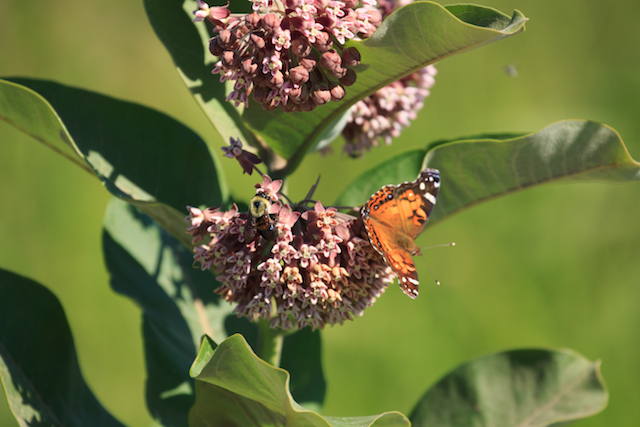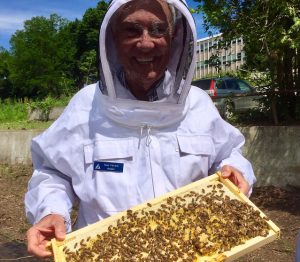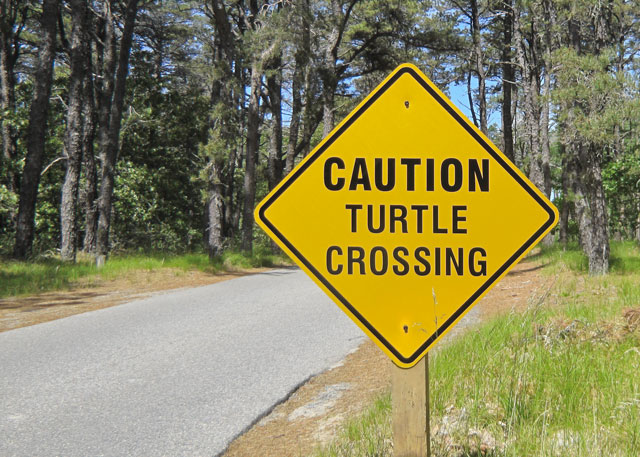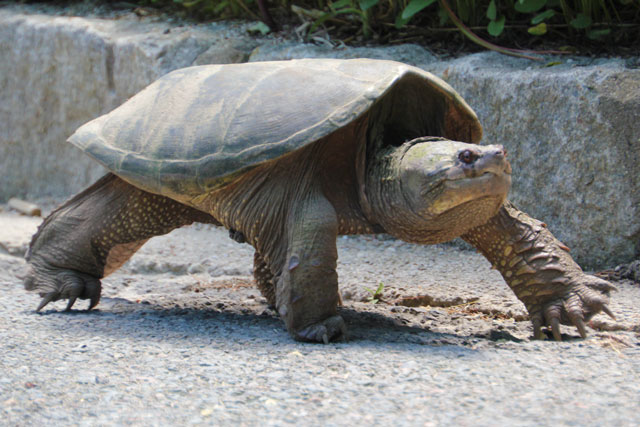Mass Audubon has made it a priority to protect and promote pollinators’ health.

A rapid decline in pollinators like bees, birds, butterflies, and bats is threatening biodiversity both globally and here at home. The thousands of plant-pollinator interactions that sustain our food supply and natural environment are under threat by multiple, interacting factors including habitat loss, pesticide use, invasive species, disease, and climate change.
This is why our Advocacy department identified An Act to Protect Pollinators as a legislative priority. This Act, sponsored by Representative Mary Keefe (D-Worcester) and Senator Jason Lewis (D-Winchester), establishes a commission to investigate methods and solutions to protect and promote pollinators’ health. The bill would require the commission to include individuals with expertise in the protection of pollinators, wildlife protection and expertise in native plants.
 In addition, Mass Audubon provided extensive input that helped shape the Massachusetts Department of Agricultural Resources’ (MDAR) recently released Pollinator Protection Plan, which includes Best Management Practices for groups from beekeepers to farmers to homeowners and gardeners, all of whom can take steps to minimize impacts to pollinators and encourage their populations to thrive.
In addition, Mass Audubon provided extensive input that helped shape the Massachusetts Department of Agricultural Resources’ (MDAR) recently released Pollinator Protection Plan, which includes Best Management Practices for groups from beekeepers to farmers to homeowners and gardeners, all of whom can take steps to minimize impacts to pollinators and encourage their populations to thrive.
MDAR is also updating its Apiary Program, which provides supports to honey beekeepers, pesticide applicators, farmers, land managers, educators, regulators and government officials.
Most recently, Mass Audubon’s President Gary Clayton (pictured) was on hand to celebrate the opening of the second state apiary at Essex Technical High School, a collection of beehives, which will be used for education and academic research. This state-funded new apiary will consist of six honey bee hives located within a 30 foot by 100 foot plot on the campus of Essex Technical High School.
Learn more about the MDAR Apiary Program and what you can do to protect pollinators.



